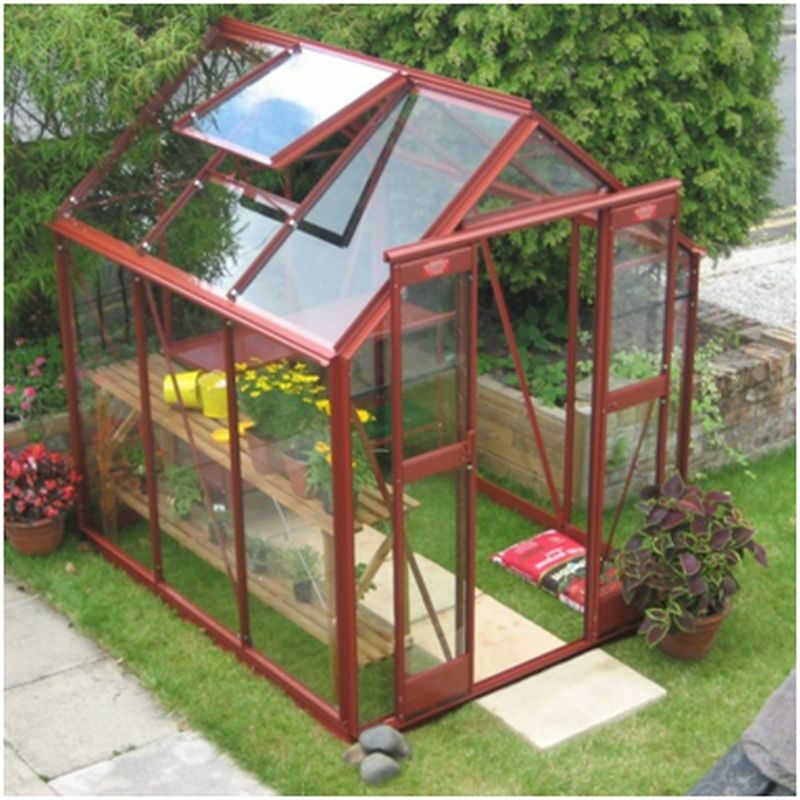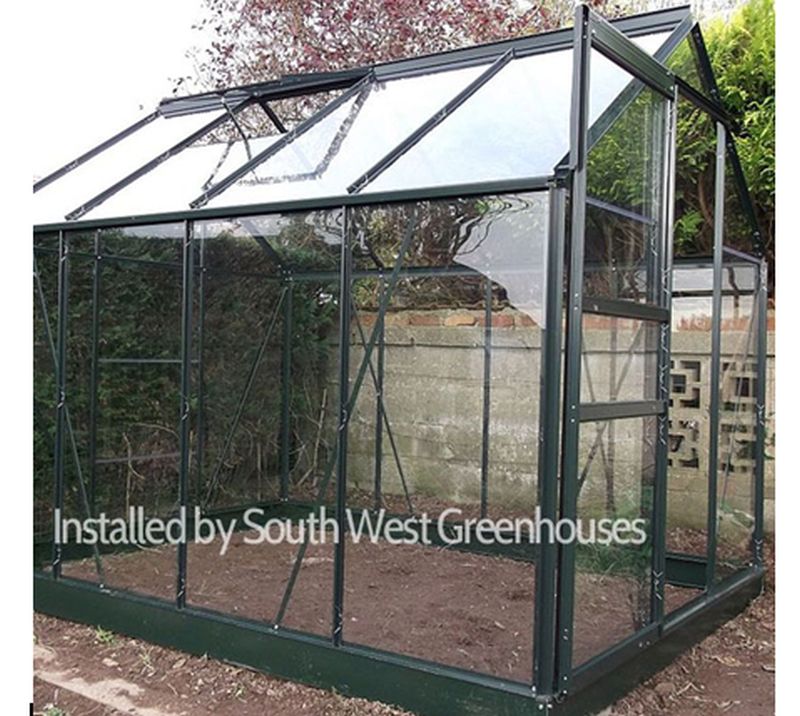Greenhouse gardening is becoming increasingly popular.You can use them to grow various plants and vegetables and extend the growing season.However, if they aren’t designed and operated sustainably, they can harm the environment.So, if you’re cautious about your carbon footprint, you can make some eco-friendly adjustments when building your greenhouse’s structure and design to make it more sustainable. Read on to learn about a few of these methods.
1. Shopping For A Greenhouse
Shopping for building materials to create a sustainable greenhouse is an essential part of the process. However, as you evaluate potential building materials, it’s essential to consider the environmental cost. Choose items that are made from renewable resources and low-impact materials. In addition, look for products with minimal off-gassing, as they can create emissions that can potentially harm plants and ecosystems nearby.
Additionally, check for locally sourced items whenever possible; not only does this help to minimize transportation costs by reducing your carbon footprint, but it will also support your local economy. Moreover, be sure to factor in the long-term costs associated with each option and weigh them against the benefits each would offer.Remember that sometimes, more expensive materials can be cost-effective if they require less materials or can last longer than lighter-weight counterparts. Online retailers like South West Greenhouses let you shop by both greenhouse frame material and size, so you can filter down the right greenhouse for your space and personal style.
2. Choose The Right Location For Your Greenhouse
If you’re determined to make your greenhouse as sustainable as possible, the location of the building is essential. The first factor to consider when deciding on the ideal spot for your greenhouse is access to sunlight. Unless your greenhouse is located in a well-lit area or has some supplemental lighting, you won’t be able to grow nearly as much as you should be able to. It would be best if you also considered wind direction and protection when determining an appropriate spot for your greenhouse. Strong winds cannot only stress the structure of your building but also slow down the growth rate of your plants by drying out the soil.
Furthermore, ensure enough space for you to move around freely inside the facility. When selecting a suitable place for your greenhouse, assess its proximity to groundwater sources since this different type of water can provide significant sustainability benefits throughout the year. Lastly, if certain environmental conditions are vital for certain crops, ensure they will be met in this location before setting up the structure.
3. Reuse And Recycle

Building the best greenhouse possible begins with the materials you use. Consider reusing and recycling materials whenever possible when building or maintaining your greenhouse. Not only is this better for the environment, but it can also save you money. Reuse old windows or wooden planks to create a frame for your greenhouse, or reuse plastic sheeting from storage containers, bubble wrap, or even plastic bottles to maximize energy efficiency. These reused materials are excellent insulators that can stop heat from escaping in winter and keep cool air inside during summer.
You can turn an average greenhouse into an efficient onewithout any extra cost with a few adjustments. Reusing and recycling materials for your greenhouse makes your work easier and more enjoyable – it’s also a responsible way to care for the planet’s precious resources.
4. Set Up Rain Catchment System For Your Greenhouse
A rain catchment system is an incredibly sustainable way of gathering water for your greenhouse, as it’s incredibly efficient – and, best of all, free! One of its primary advantages over traditional watering systems is that it recycles the same water repeatedly. Water is collected from the roof of your greenhouse, sent down into a storage tank, filtered through a biofilter to get rid of any large particles or debris, and then distributed throughout the greenhouse.
Additionally, you can control the runoff, so you don’t end up with excess water in one area and not enough in another. This can help to reduce flooding and soil erosion around the structure. Not only does this make your greenhouse more sustainable, but it’s also great for the environment. A sound rainwater control system will ensure that you’re getting water to where it needs to be on time while ensuring that none is wasted in the process. Setting up a rainwater harvesting system isn’t particularly difficult either – all you need are some basic pipes, tanks, and filters – making it ideal for those just starting their green journey.
5. Invest In Solar Panels Or Wind Turbines
Investing in solar panels or wind turbines for your greenhouse can be an ideal way to make the facility more sustainable. This will increase your greenhouse’s renewable energy lower your carbon footprint, and lower your energy bills. For example, installing solar panels on the roof of your greenhouse can turn the sun’s rays into a consistent source of electricity, saving you a significant amount on monthly energy bills while supporting more sustainable habits.
Similarly, adding wind turbines to your garden area could turn a breezy day into an opportunity to generate and store energy while powering things like climate control systems and lighting fixtures. These investments can help create a healthier environment inside and outside your greenhouse and save you money.
Conclusion
Building a sustainable greenhouse doesn’t have to be complicated. As explained here, you can take several simple steps to make your greenhouse eco-friendlier, from investing in solar panels and wind turbines to installing rainwater harvesting systems. Whether you’re just starting your sustainability journey or have been working towards it for years, these tips will help you create a greener, more sustainable space that benefits yourself and the environment. So, what are you waiting for? Get started today!
Article Submitted By Community Writer




